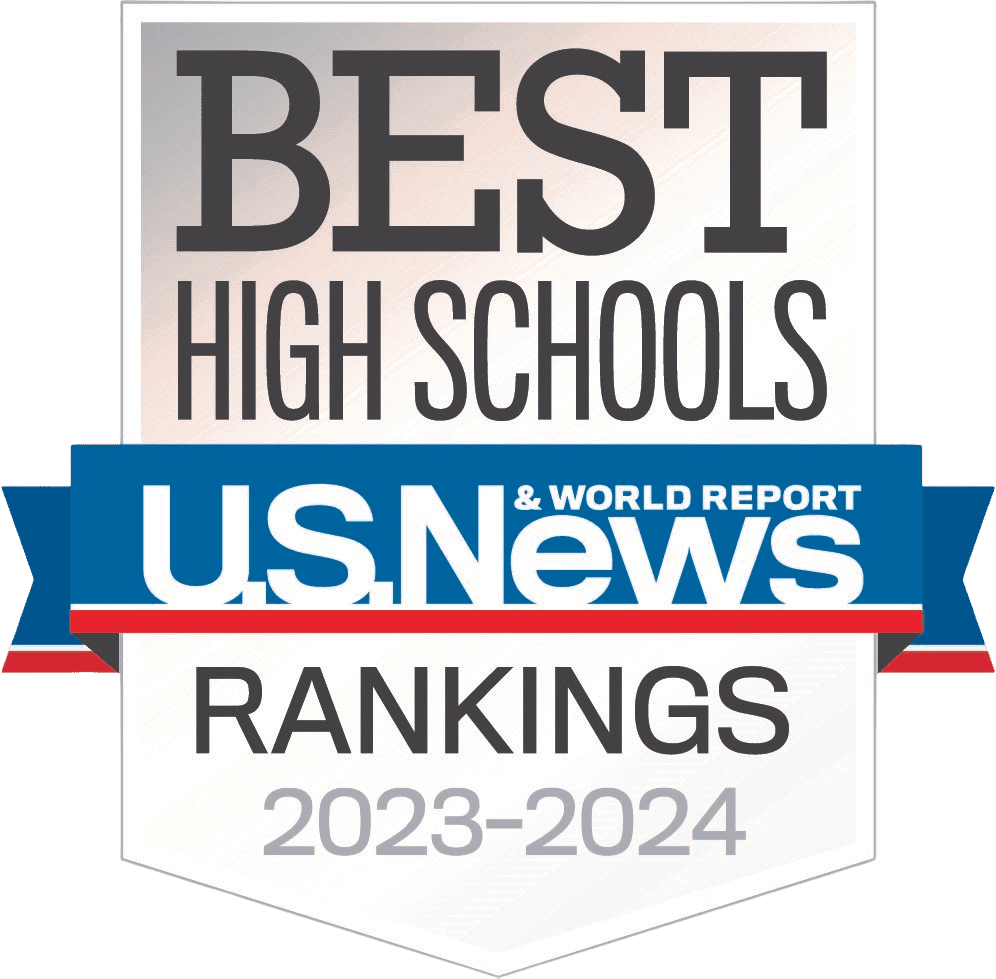HHS School Community Council Meeting
November 10, 2021
Present:
Karina Park, Brant Thomsen, Jan Hansen, Greg Leavitt, RJ Graham, Juan Perez Del Valle, Steve Brown, Stacey Kratz, Stacey Timmerman, Amir Zaidi
Absent:
Jeremy Wright, Nicole Huff, John Olsen, Suzanne Riches, Rebecca Martin
Previous Minutes Approval
- The October 20, 2021 minutes were not ready in time for the SCC to review before the meeting. We will plan to vote on both the October and November meeting minutes during our December 8, 2021 SCC meeting.
70/30 vs 80/20 assessment ratio discussion
- This year we are at 80/20, meaning that 80 percent of a student’s grade is based on assessments, with 20 percent based on daily work and preparation.
- Leavitt: Here is some small background and why this is important to me as principal: Hillcrest is probably the only high school right now in Canyons, and possibly the whole valley, with a school-wide disclosure statement as a high school. In my view it’s a good idea that parents and students aren’t going all over the place trying to find information, and teachers aren’t in the wild Wild West in terms of what they’re doing; there are the same procedures, rules, and policies across subjects and across the school. This is an effort to be fair and equitable to students. We require every teacher to grade on the same scale and weight.
- SCC member questions and comments (in italics) and administration answers:
- Do we have data to support whether these work? Quantitative data is moving towards competency-based education rather than a project-based education
- Is there more participation with 70/30? It depends what you decide is participation. We don’t think the number of classes of amount of learning activities should be affected; the same learning activities should happen regardless of the weight they are given.
- I like project-based learning especially your first jobs out of high school; what I’m looking for in call center is ability to find people who can do project-based work.
- It seems as if, under this system, some kids do fine and others do worse; On a personal level, my son is not a test taker; what we’ve found is the 80-20 is difficult for him.
- If we stick with 80-20 it would be wonderful to have more supports and explanations, especially as we think of it as a cultural change to what students are expected to do and how they are graded. We strive for Relationships, Relevance, and Rigor, and speaking of relevance: we understand not everyone takes a test well. We want teachers to target what they’re teaching and be really clear about it, so students know what they’re testing on. Teachers should write the test first, and then see what lessons and goals they need to set to prepare your students for that test. The more we count assignments, the less targeted the teacher is on the assignments they need to teach. They’ll graduate, as data shows over and over and over again, without the hard skills in math and science and writing that they need.
- On a holistic level, what is the best way to learn? It’s still important to do the work; it’s just the practice work. One of the consequences of not doing the work is doing the work, or re-doing the work. No one in this room wants a surgeon to operate on them that didn’t have extensive practice. The ultimate grade in a doctor’s practice is how many surgeries they’ve done successfully, and accurately. The same is true for airline pilots. You don’t want a pilot who had lots of kinds of practice but couldn’t pass the final exam to show they’re competent to fly a plane. We as an administrator want teachers who design assessments, design the support structures they need to ensure the students pass the assessment, and then design the support they need for a re-assessment. I want to keep the pressure up even though it is inconvenient for students and teachers in the curve as we get it going, because it supports learning in learning that is real, and helps them reach their goals, rather than learning that doesn’t help them.
- Steve Brown: Midvale Elementary was in turnaround status for a long time; the principal there at the time was amazing and had a great vision; his vision was hard at first for teachers and in some cases for families. But once the wheels actually started moving, Midvale went from having to petition for one more year to get out of turnaround status to earning the Best of State award. Those students are so much more advanced now. So, yes, up front, there was strain put on students, parents, and teachers. But the teachers were willing to step up to the plate and the administration made sure the teachers were getting the support they needed to accomplish what was being asked of them.
- How are our students doing, and what can put them in a better position when they get out of high school? There are a lot of ways to answer that, and we want how we assess our students to reflect as fully as possible the skills and knowledge they should have coming out of each class. There are many interpretations of how best to do that, and although I feel 80/20 is an optimal level to shoot for, we want to hear the perspectives of members of our community, as well.
CAYCI: Community and Youth Collaborative Institutes presentation by Juan Perez
- CAYCI has been around since 2015; these are the results from last year
- Perez presented multiple results of the survey, such as the fact that, on a question about academic learning, 68% of students last year agreed that “My school values students’ learning.” This is up from 59 and 62 percent the previous two years. The survey aims at helping us give students effective life skills: communication and interpersonal skills, problem solving, critical thinking, etc. It gauges student perceptions, parent/caregiver perceptions, and teacher/staff perceptions.
- The rest of the results are included with these minutes.
- Leavitt: In summary, this is the third CAYCI survey we’ve done and the data is going in the right direction: parents feel served, students feel served, their perception that they can succeed is going up.
- RJ Graham commented that the fact that only 65% of kids reported they would go to their teacher for help feels like a low number, but on the other hand, it’s been a strange year or so, and this number is up from previous years. Other SCC members agreed but also said it’s difficult to know the reasons high school students, being adolescents, may feel less confident going to their teachers for help.
Remote Learning Fridays discussion
- Leavitt: From a school perspective, it was a great de-stresser for my teachers. They were able to get things done, connect with their departments, we fed them lunch. When speaking to community members about it, make sure they know the teachers are still expecting work on Fridays and the students are still expecting to work, as well.
- 3 is our next remote learning Friday.
Construction Updates
- Musical is going ahead as re-scheduled (on Dec. 2-4); the auditorium is now ours
- The last big project is the parking lot
- Jan Hansen is working on keys and making sure all the little things work around the building
- Greg Leavitt: I’m feeling good about it; I hope the community does. It’s just a beautiful school.
COVID-19 Updates
- Our numbers are staying good; we hover right around 8
- No test-to-stay so far
School Vandalism
- It’s tapered off quite a bit. We’ve caught almost every student who’s done things. We even caught the student who stole a key, got in a closet, and vandalized the floor cleaning machine.
- Mostly, students are trying their best to respect the building.
Bylaws Update
- Steve Brown made a motion to update the bylaws as outlined at the previous meeting; RJ Graham seconded
- The vote was unanimous with no abstentions
TSSP and LAND Trust Plans
- Leavitt:
- A good driving factor in what we might do is the CAYCI survey; we haven’t had hard data from the state, but our graduation rate is staying high (it only dropped to 85% from 87% during the COVID year).
- Our money’s being well spent and the data supports that. I like that it’s stable and structured and working, but that doesn’t mean we can never change it if we feel we need to. But I do feel we’re moving in the right direction and that major changes would be hard.
- Brant Thomsen said that we will work on the plan for next year during January, February, and March meetings.
Other items
- SHINE: Savage-Hillcrest Impact Network for Education
- We are receiving $500,000 over five years for teachers to teach transportation, business, and accounting; we are starting this new transportation pathway so students can take those classes, go into an internship senior year and, if they desire, have job at a global company, Savage, here locally making $65,000-$80,000 a year right out of graduation.
- It’s a unique thing to connect business directly to a school program.
- The second part of it is our student services hub: this partnership keeps the shelves filled there, everything working, and a flow of resources that our community can benefit from at times of poverty and need.
- The SCC should be a part of where that money is spent and how it’s spent: we’re setting outcome goals for the program but we’re also thinking big and starting small.
- Add APP attendance and attendance in general to the agenda for December
Next meeting planned for December 8, 2021


